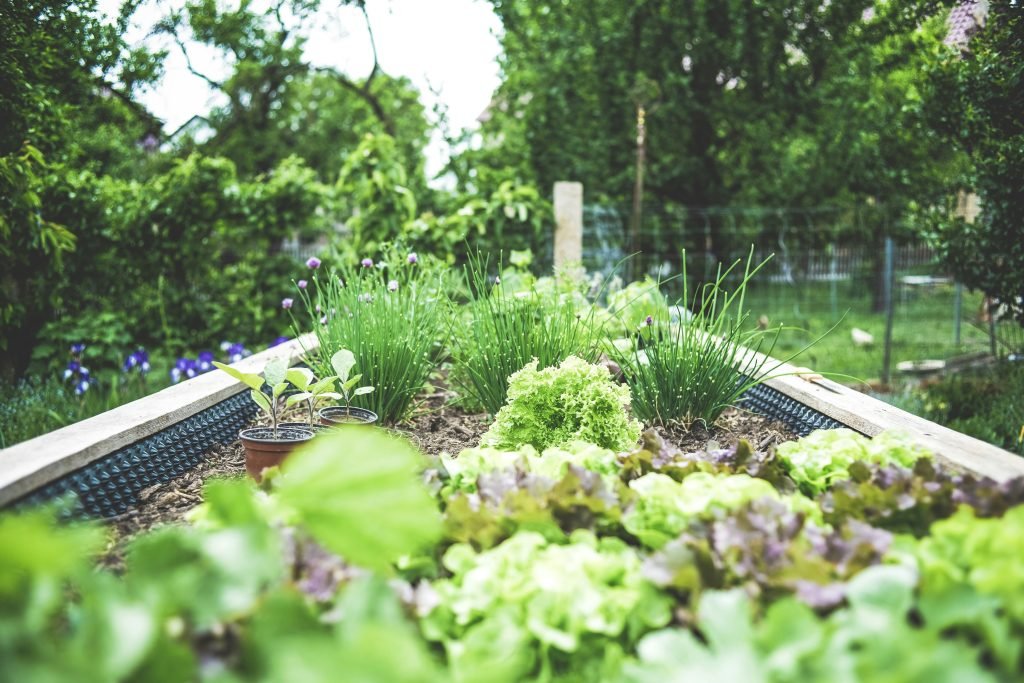Have you ever looked at your indoor plants, wondering how to care for them properly? You’re not alone! Caring for indoor plants can feel a bit overwhelming at times, but with the right guidance, you can create a thriving environment for your green friends. Let’s take a closer look at how you can bring out the best in your indoor plants.

This image is property of pixabay.com.
Understanding Your Indoor Plants
Before you can care for indoor plants, it’s vital to understand that each plant has unique needs. Some thrive on neglect, while others require constant attention. Learning about the specific type of plant you have is the first step to providing optimal care.
Plant Types
Indoor plants can be divided into various categories based on their needs and characteristics. Here are a few common types you might have:
| Plant Type | Common Examples | Care Needs |
|---|---|---|
| Low-Light Plants | Snake Plant, ZZ Plant | Minimal light, infrequent watering |
| Flowering Plants | Peace Lily, African Violet | Moderate light, consistent moisture |
| Succulents | Aloe Vera, Echeveria | Bright light, infrequent watering |
| Foliage Plants | Pothos, Spider Plant | Moderate to bright light, regular watering |
Understanding your plant type will guide you in providing the right care.
The Basics of Plant Care
Proper care for indoor plants consists of light, water, soil, humidity, and fertilization. Let’s break each of these down.
Light Requirements
Light is one of the most critical factors in plant care. Almost all plants need some form of light to photosynthesize. However, the intensity and duration can vary.
Natural Light Sources
You have a few options for natural light:
- Direct sunlight: Some plants need full sunlight, typically for several hours each day.
- Indirect sunlight: Many plants thrive in bright, indirect light, which means they need bright light but not direct sun rays.
- Low light: Certain plants can survive in low-light conditions but grow best in brighter environments.
Consider where your plants are situated in your home and adjust their locations if necessary. If natural light is scarce, you might want to invest in grow lights.
Watering Techniques
Watering can be tricky because overwatering or underwatering can lead to plant stress. It’s crucial to find a balance.
How to Water Your Plants
- Check the soil: Before watering, always check the topsoil. If it’s dry an inch down, it’s time to water.
- Use room temperature water: Cold water can shock the roots.
- Water thoroughly: When you water, do it evenly and ensure water comes out of the drainage holes. This helps prevent root rot.
Soil Composition
The right soil mix is essential for plant health. Different plants prefer different types of soil based on their needs.
Common Soil Types
| Soil Type | Use |
|---|---|
| Potting Mix | General-purpose for most houseplants |
| Cactus Mix | For succulents and cacti |
| Orchid Mix | For epiphytic orchids |
| Peat-Based Soil | Retains moisture for moisture-loving plants |
Using the proper soil not only provides nutrients but also ensures excellent drainage and aeration for the roots.
Humidity Matters
Indoor environments can be drier than outdoor settings, which can be challenging for certain plants.
Increasing Humidity
If you have humidity-loving plants like ferns or tropical species, there are several ways to boost humidity:
- Pebble Trays: Fill a tray with pebbles and water, place it under your plant pot without letting the pot sit in water.
- Misting: Occasionally misting your plants can help increase humidity.
- Humidifiers: Consider using a humidifier in your indoor space.
Fertilization Essentials
Feeding your plants is an important aspect of their care. They need nutrients to grow and thrive.
When and How to Fertilize
- Frequency: Generally, fertilize during the growing season (spring and summer) and reduce in fall and winter.
- Type of fertilizer: Choose a balanced, water-soluble fertilizer for most indoor plants.
- Application: Follow packaging instructions for dosage and mix with water before application.

This image is property of pixabay.com.
Common Indoor Plant Challenges
Despite our best efforts, the challenges can arise. Here are some common issues you might encounter.
Pests
Indoor plants can be susceptible to pests such as spider mites, aphids, and mealybugs.
Identifying Pests
Look for:
- Sticky residue on leaves
- Visible bugs on the plant
- Discoloration or leaf drop
Solutions
- Insecticidal soap: A gentle chemical can help eliminate pests.
- Neem oil: This natural solution can also combat various pests.
- Regular inspection: Keeping an eye on your plants will help catch infestations early.
Diseases
Fungal and bacterial diseases can also impact plant health, usually due to overwatering or poor airflow.
Signs of Disease
Watch for:
- Wilting or browning leaves
- Fuzzy growth on soil or leaves
- Yellowing leaves
Prevention and Treatment
- Proper watering: Avoid overwatering to minimize the risk of root rot.
- Good airflow: Keep plants spaced out to facilitate airflow.
- Remove affected parts: Pruning can help manage the spread of diseases.
Seasonal Indoor Plant Care
The changing seasons can affect your plants. Adjusting your care routine is essential.
Spring and Summer
These are the growing months for most plants, so you may see increased growth and blooming during this time.
Care Tips
- Increase watering: As temperatures rise, your plants may need more water.
- Fertilization: Start or increase your fertilization routine as growth peaks.
Fall and Winter
During the colder months, many plants go dormant, requiring less attention.
Care Tips
- Reduce watering: Cut back as many plants won’t need as much moisture.
- Lower light conditions: Be cautious about placing plants near drafts or cold windows.

This image is property of pixabay.com.
Repotting Your Plants
As plants grow, they may outgrow their containers. Knowing when and how to repot is essential for their health.
Signs Your Plant Needs Repotting
- Root-bound: If roots are growing out of the drainage holes, it’s time for a new pot.
- Stunted growth: If your plant is not growing despite proper care, it may need more space.
How to Repot Your Plant
- Choose the right pot: Select a pot that’s one size larger than the current pot.
- Prepare the soil: Add fresh potting mix to the new pot.
- Gently remove the plant: Carefully take the plant out of its old pot, loosening the roots if necessary.
- Position your plant: Place it in the new pot and fill in with soil, patting gently around the sides.
Conclusion: Caring for Your Indoor Plants
Now that you have all these tips and tricks for caring for your indoor plants, there’s never been a better time to get started! Remember to observe your plants closely, take the time to learn their individual needs, and you’ll cultivate a green haven in no time.
Happy planting!




